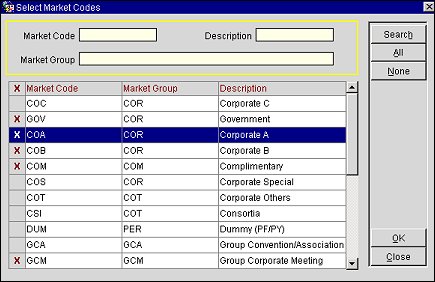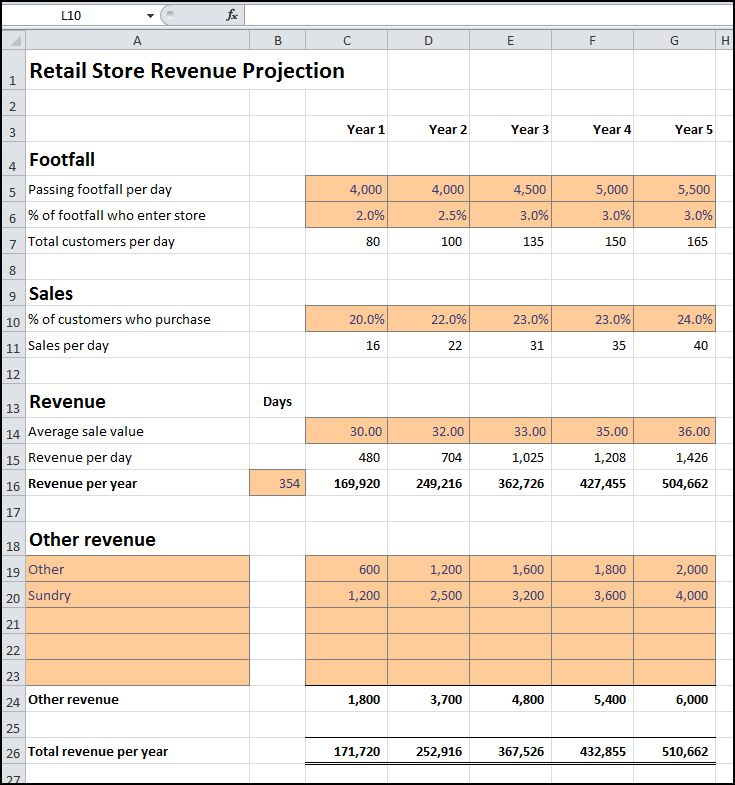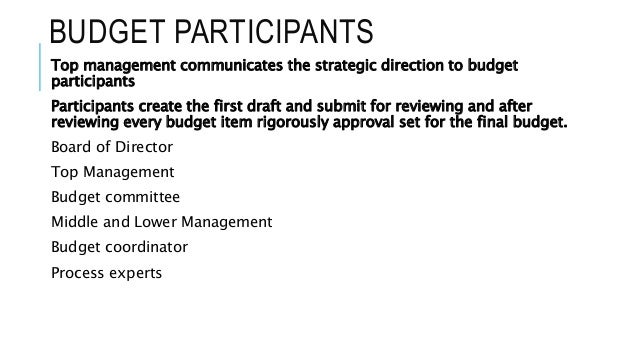
- #Budget forecast definition how to#
- #Budget forecast definition update#
- #Budget forecast definition software#
Risk and uncertainty are central to forecasting and prediction it is generally considered a good practice to indicate the degree of uncertainty attaching to forecasts. Usage can vary between areas of application: for example, in hydrology the terms "forecast" and "forecasting" are sometimes reserved for estimates of values at certain specific future times, while the term "prediction" is used for more general estimates, such as the number of times floods will occur over a long period.

Forecasting might refer to specific formal statistical methods employing time series, cross-sectional or longitudinal data, or alternatively to less formal judgmental methods or the process of prediction and resolution itself. Prediction is a similar but more general term. For example, a company might estimate their revenue in the next year, then compare it against the actual results creating a variance actual analysis. Later these can be compared (resolved) against what happens.
#Budget forecast definition how to#
You will get access to the the 10 best practices for implementing rolling forecasts and how to get started for your own organization.Making predictions based on available dataįorecasting is the process of making predictions based on past and present data. Learn more about rolling forecast best practices by downloading Planful’s white paper.
#Budget forecast definition software#
Planful’s rolling forecast software solution allows your organization to create continual forecasting for more accurate financial planning, increased agility, and optimized financial results. This concept is promoted by the Beyond Budgeting Roundtable, which is led by industry guru Steve Player. In some cases, organizations that have adopted and executed a rolling forecast process have eliminated the need for an annual budget.

It also provides the organization with a head-start on budgeting for the next fiscal year since the work is done in advance and considers the latest results and assumptions about the business going forward. This approach provides organizations with the agility to re-allocate resources based on changing business decisions and conditions. What are the benefits of a Rolling Forecast? At the end of every period, a new period is added to the forecast, so businesses can regularly adapt their financial planning to reflect recent trends.
#Budget forecast definition update#
Businesses establish a set period, such as quarters or months, to update their forecast. The technique relies on an add/drop approach to financial forecasting that creates new forecast periods on a rolling basis. The future forecast period can extend to the end of the fiscal year, but in most cases, the rolling forecast period typically extends out 4 to 6 quarters into the future. In their purest form, rolling forecasts allow organizations to project future results based on a combination of actual YTD financial results and the original budget, or updated revenue and expense forecasts for future periods. This enables organizations to adapt plans and resource allocations based on changes in the economy, the industry, or the business.

The idea is that instead of managing the business based on a static budget that was created in the prior year, creating a rolling forecast is used to revisit and update budgeting assumptions throughout the year.

Definition of a Rolling ForecastĪ rolling forecast is a report that uses historical data to predict future numbers and allow organizations to project future results for budgets, expenses, and other financial data based on their past results. Rolling forecasts are becoming a popular add-on or an alternative to the traditional approach of annual budgeting in organizations.


 0 kommentar(er)
0 kommentar(er)
